
As we all know Bahawalpur is a place of Nawabs…. It has a strong historical background and I am as a researcher very much interested in exploring its history from deep inside. It was an independent state and decided to meet with Pakistan in 1947. Even Nawab of Bahawalpur aided the initial government for the pays of employees. That is the reason the native people of this area called themselves “RIASSTI” (belonged with riyasat) and their accent is also different from other saraiki people.
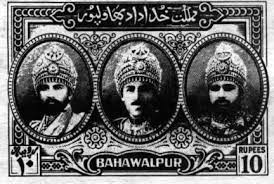
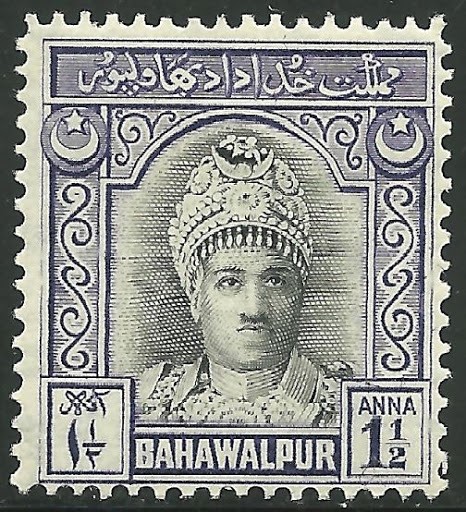
I heard from my father that the whole city was enclosed by 7 main gates and guards were situated there for security. Since these gates are present in a renovated condition but city moved out from this boundary and spread across. These high raised gates now almost situated in the mid of the city are still very interesting to visit and explore.
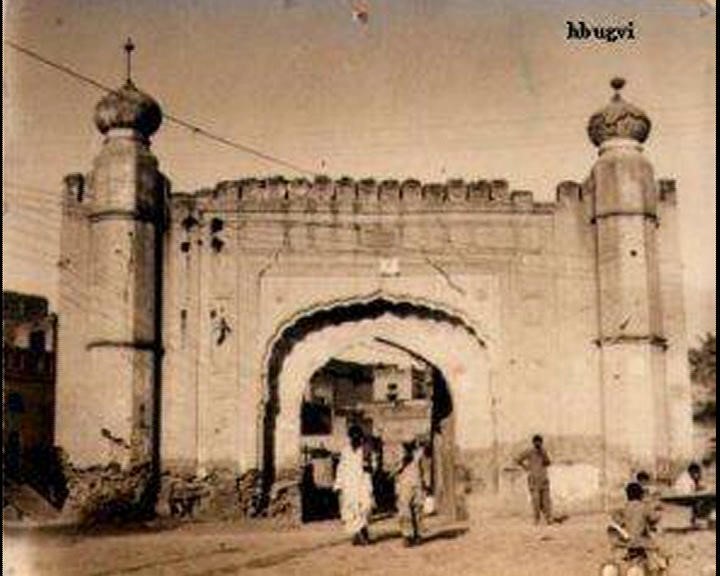
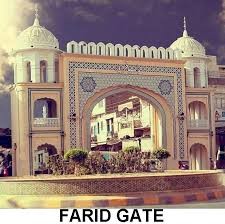
Bahawalpur’s rich culture is also presented by its Museum. When I was planning to work upon the archives of this city the first name came into my mind was museum. But it was not allowing anyone to visit at their place due to current pandemic situation. But I do have some collection of my own images and also I got their face book page link from where we can visit the museum artifacts very easily. Now a days they are uploading some of their updated materials.
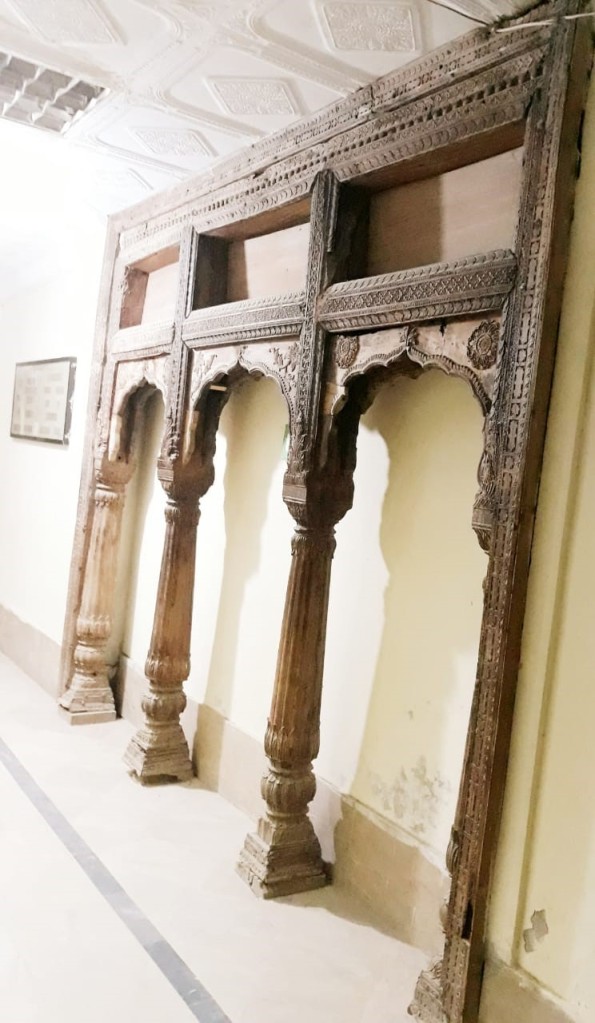
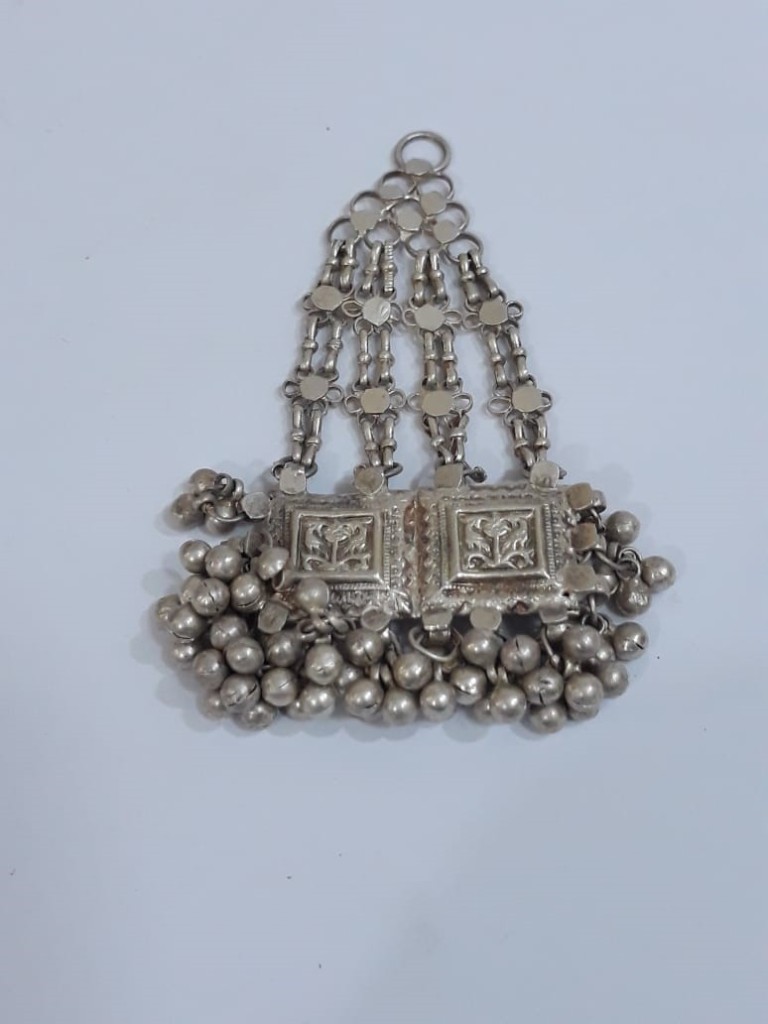
This museum has collection of precious jewelry, old pottery designs, sculptures, wood carved panels, and lots more. All these items are depicting the historical background of area.

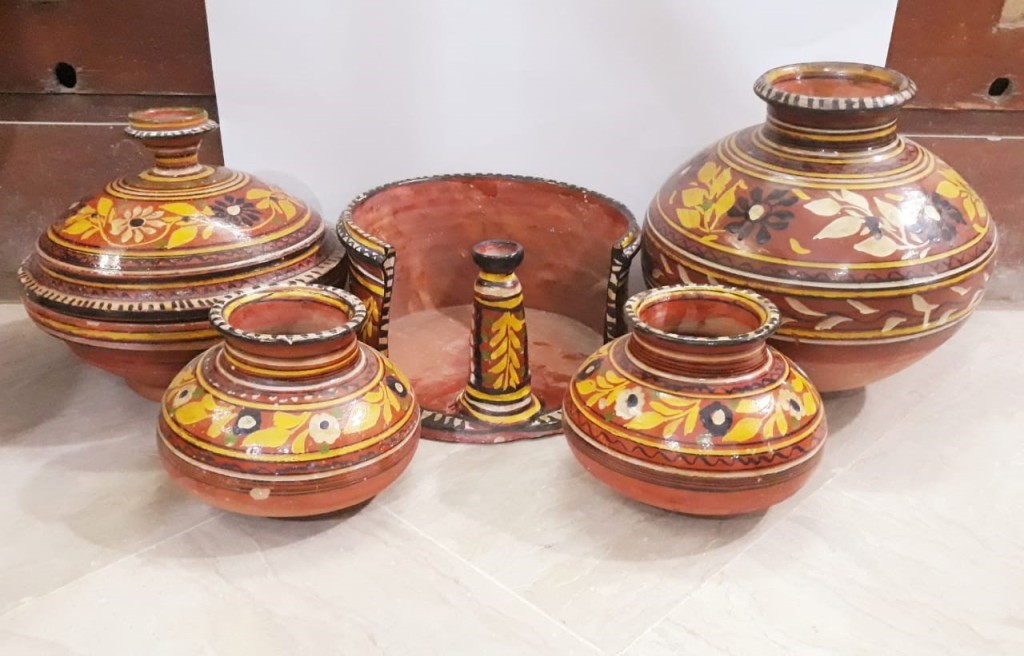
The fabric of Bahawalpur is also very rich in colors and designs. Some of its items are also part of museum and even available in markets. People love to buy such typical chunri designs. Their purses and khussas are very famous. Variety of color depicts the life in desert.

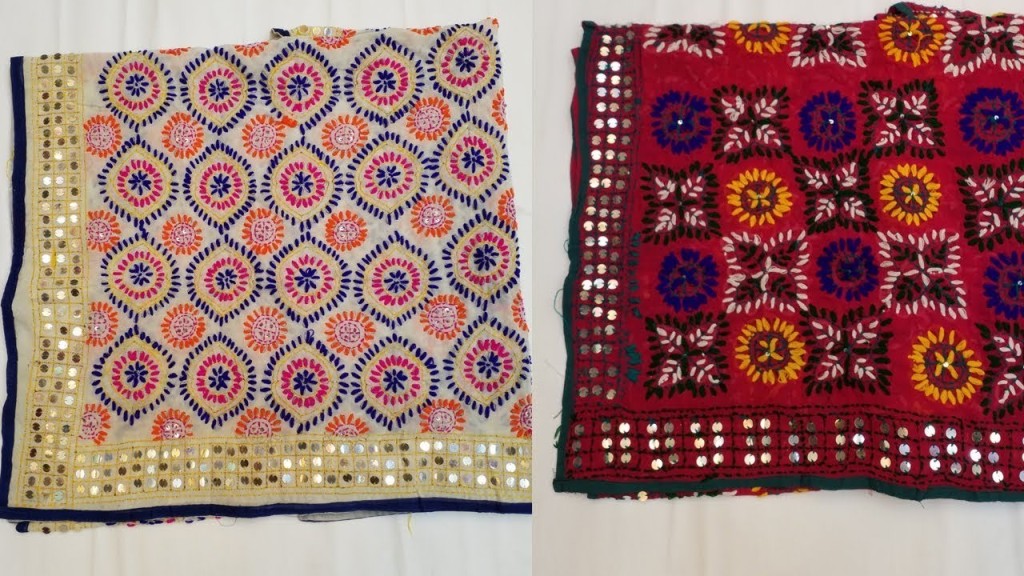
Yeah the word desert reminds me one more attraction of this area that a vast desert is situated along with it. Which adds beauty and coldness to the nights of Bahawalpur. And this desert if full of archeological spaces for the researchers. These are the palaces and qillas constructed during different time periods. Some of them are renovated and sustained in their original shape but most of them have been demolished or damaged as much that now couldn’t be renovated. It makes me feel so bad that such a great monuments are about to end and we are not able to save these legendary history. There is a long list of such buildings which I collected from different people and books.
When I started working on this project, My first discussion about the historical archives of Bahawalpur was with a Dean of languages and Head of Saraiki Department, Islamia University Bahawalpur, Prof. Dr. Javed Chandyoo Sahab. He wrote a lot of books about this region and its history. He provided me lots of old pictures from his own collection and I am going to share all of them on my face book account which I am going to manage in order to the survival of this golden history.
Then I met some members of Bahawalpur Arts council for the same purpose to support me in adding information on my face book page and also share the data if they have. They have worked for folk stories of the area in the form of performing arts. There I met Sir Agha Sadaf Mehdi, who is currently teaching in the Department of Media Studies in Islamia University Bahawalpur. He explained me well about the folk lore’s and performances done onto it. It added lots of information and I will definitely going to post them on my facebook account.
Now came back to one of the legendary aspect of Bahawalpur: its architecture. Its palaces. Gulzaar Mahal, Noor Mahal, darbar Mahal, Sadiq Garh Palace, Derawar fort, Fort Maroot, etc.
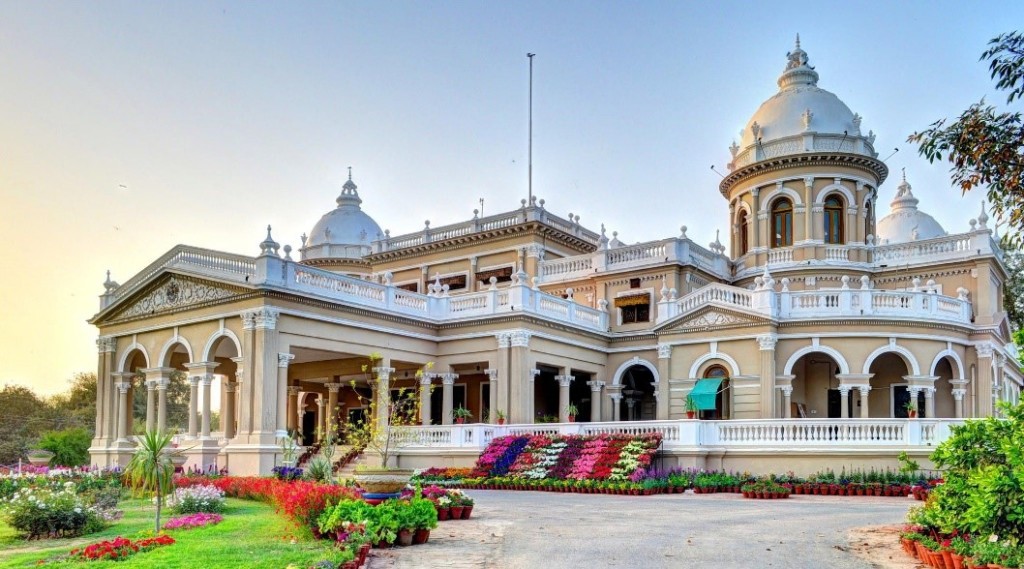
Gulzaar Palace

Sadiq Garh Palace
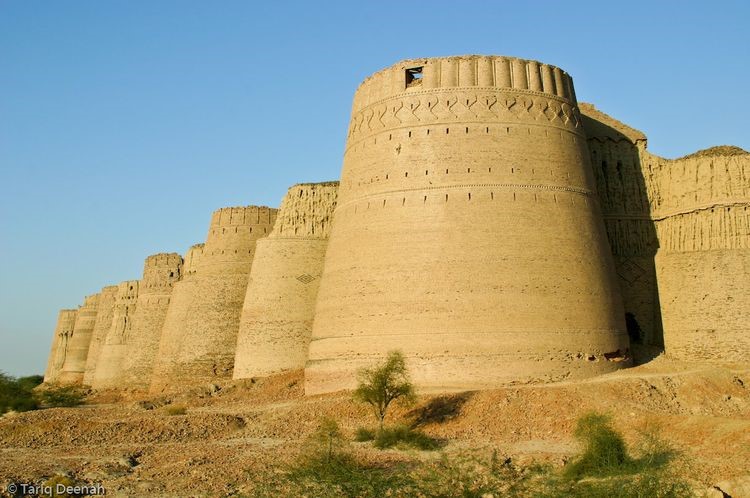
Qila Derawar
Fort Derawar is the true reflector of marvelousness of culture, heritage and traditions of cholistan. At first glance it seems like a huge architecture built up by the rulers of that times. But so near to decomposition now. I am impressed a lot by its outside and interior looks. As looks in the image it’s a heighted monument type fort but in contrast if you visited it from inside its walls didn’t seems as higher. I have visited there 5 to 6 times almost. And observed a huge loss is occurring day by day there. But luckily I have collected lots of pictures of its interior designs. Which is not present there now. So I want to share and display that precious collection with researchers or explorers.
Its tile designs, brick work, wall paintings, mosaics were superb. Which are not there now. And will completely hide with more passage of time. So I have made a page on Facebook which will be a source of sharing such archives of Bahawalpur. Not only by me but shared by all those researchers and readers interested in this collection.
These are the images of some interior wall mosaics in a room which I captured 10 years ago. But so sad to tell that it is not present now. I even saw some jewels added into it somewhere. Its color scheme is too appealing and attractive. Every pillar of this room is designed by separate designs.

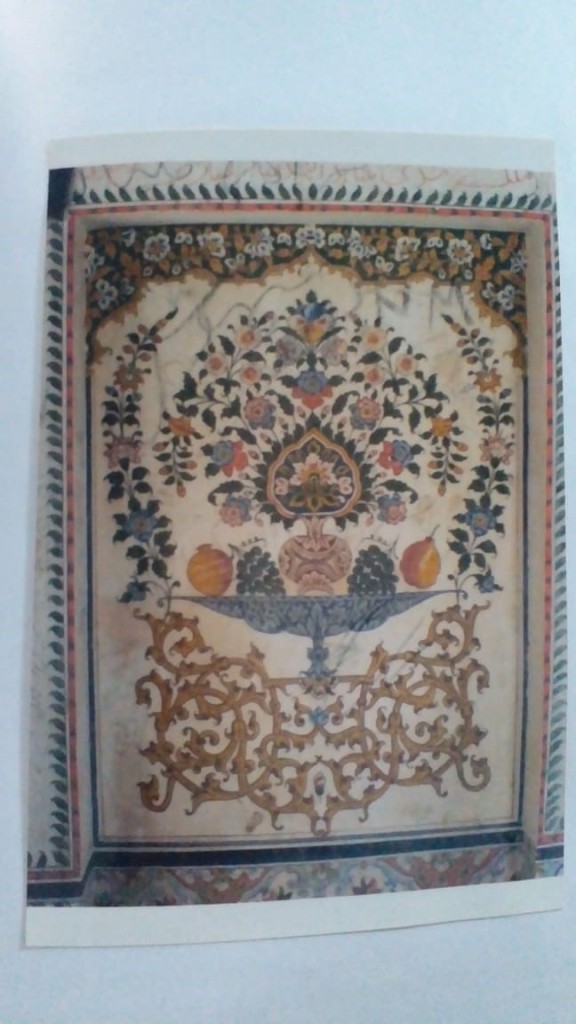
Likewise there were lots of designs for floor tiles. So appealing and rich in color scheme. This color scheme we often observe in blue pottery of Multan and on the tiles of shrines of Multan and Uch Sharif.

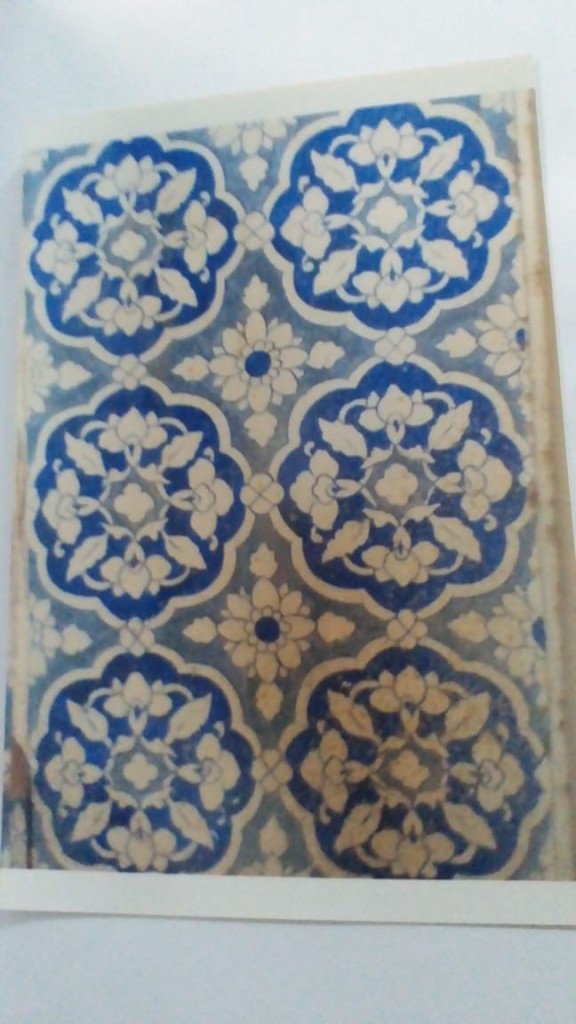
A book written by Sir Riaz Sindher, who is Professor in the Department of Saraiki, in Islamia University Bahawalpur, that there is a mosque outside Fort Derawar which has sweet water pump only.

Now let’s come to a World renowned Jeep Rally organized in desert near Fort Derawar. In this event, held on every February of a year people from all Pakistan and even from outside the country visits. It remains for three days. City Government, Chamber of Commerce and local bodies collaborate to organize this event successfully.
I discussed my central focus with lots of those organizers also that I wish to publish those all collections there so that all people know about this marvelous history which is decaying with the passage of time.
